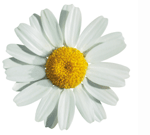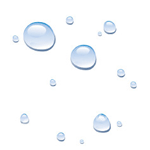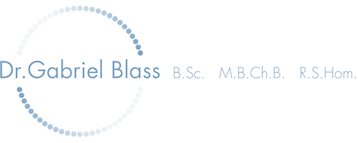Introduction to Homeopathy
 Homeopathy or homoeopathy
(its older spelling) is a type of complementary medicine. Some people refer
to it as an alternative therapy, but as it can be used alongside conventional
medicine, complementary treatment is a more useful term. It offers a safe
and natural treatment for a wide range of acute and long-standing conditions
and can benefit people of all ages. It is a holistic therapy, as it considers
the whole person, and the homeopathic doctor’s task is to select a remedy
which matches not only your physical symptoms, but also your emotional and
mental characteristics.
Homeopathy or homoeopathy
(its older spelling) is a type of complementary medicine. Some people refer
to it as an alternative therapy, but as it can be used alongside conventional
medicine, complementary treatment is a more useful term. It offers a safe
and natural treatment for a wide range of acute and long-standing conditions
and can benefit people of all ages. It is a holistic therapy, as it considers
the whole person, and the homeopathic doctor’s task is to select a remedy
which matches not only your physical symptoms, but also your emotional and
mental characteristics.
Symptoms of illness are viewed
as a distress call from the body. Homeopathic remedies stimulate your natural healing power by sending a signal to
the body in a language it can understand. This signal encourages the body to restore a healthy balance and so cure
itself of the disease.
 Homeopathy is based on the principle that "like cures like": a
substance can cure a disease if it has the ability to produce symptoms similar
to those of the disease in a healthy person. The substances are made into
homeopathic medicines or “remedies” by a process of repeated dilution
and vibration which is called Potentisation, which magnifies the healing power
of the substance, but any toxicity is completely removed. This makes homeopathic
remedies non-addictive, and free from toxic side effects, so that they can
be used safely even in babies and the elderly. The substances used to make
homeopathic remedies come from a variety of sources, the majority being plants
or minerals. Homeopathic remedies differ from herbal remedies and herbalism
in that there are no pharmacologically active ingredients which could produce
dangerous interactions with conventional medicines.
Homeopathy is based on the principle that "like cures like": a
substance can cure a disease if it has the ability to produce symptoms similar
to those of the disease in a healthy person. The substances are made into
homeopathic medicines or “remedies” by a process of repeated dilution
and vibration which is called Potentisation, which magnifies the healing power
of the substance, but any toxicity is completely removed. This makes homeopathic
remedies non-addictive, and free from toxic side effects, so that they can
be used safely even in babies and the elderly. The substances used to make
homeopathic remedies come from a variety of sources, the majority being plants
or minerals. Homeopathic remedies differ from herbal remedies and herbalism
in that there are no pharmacologically active ingredients which could produce
dangerous interactions with conventional medicines.
How does homeopathy work?
There is a substantial amount of evidence from clinical trials that homeopathy is effective, corroborating the experience of homeopaths for the last 200 years. Some scientists wonder how the remedies could possibly have any effect if the substance is diluted until there is no original material left. The correct remedy seems to impart the specific information the body requires to activate its self-healing mechanisms. There is growing evidence that this information is patterned into the solvent in which the remedies are processed during the course of potentisation. Modern advances is physics are getting closer to providing the possible mechanism of action of this effect.

